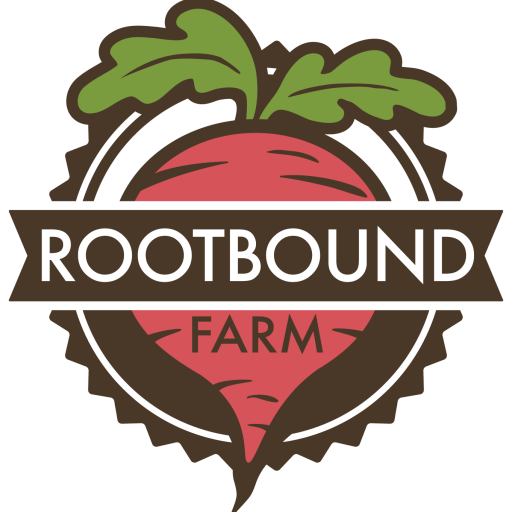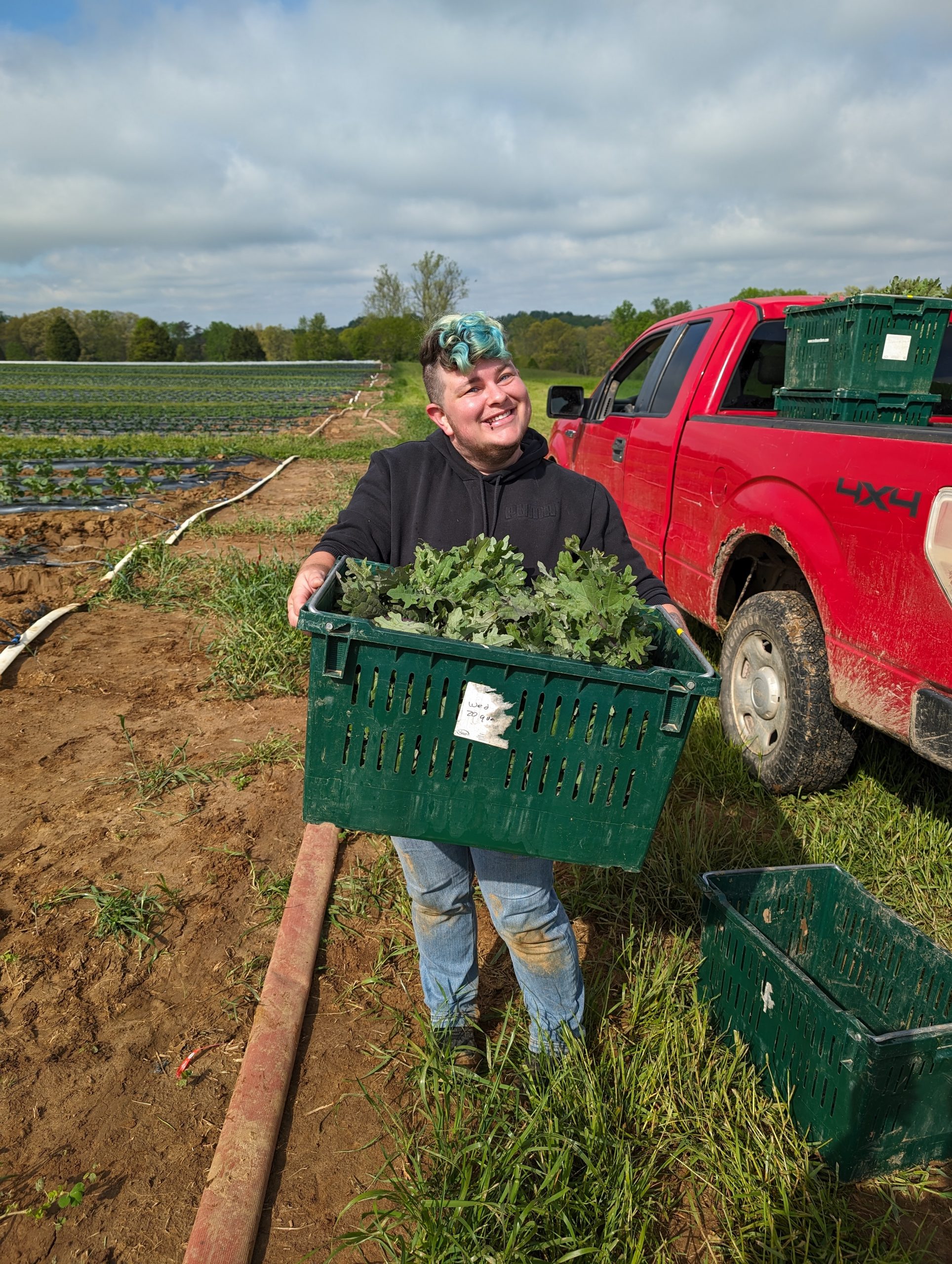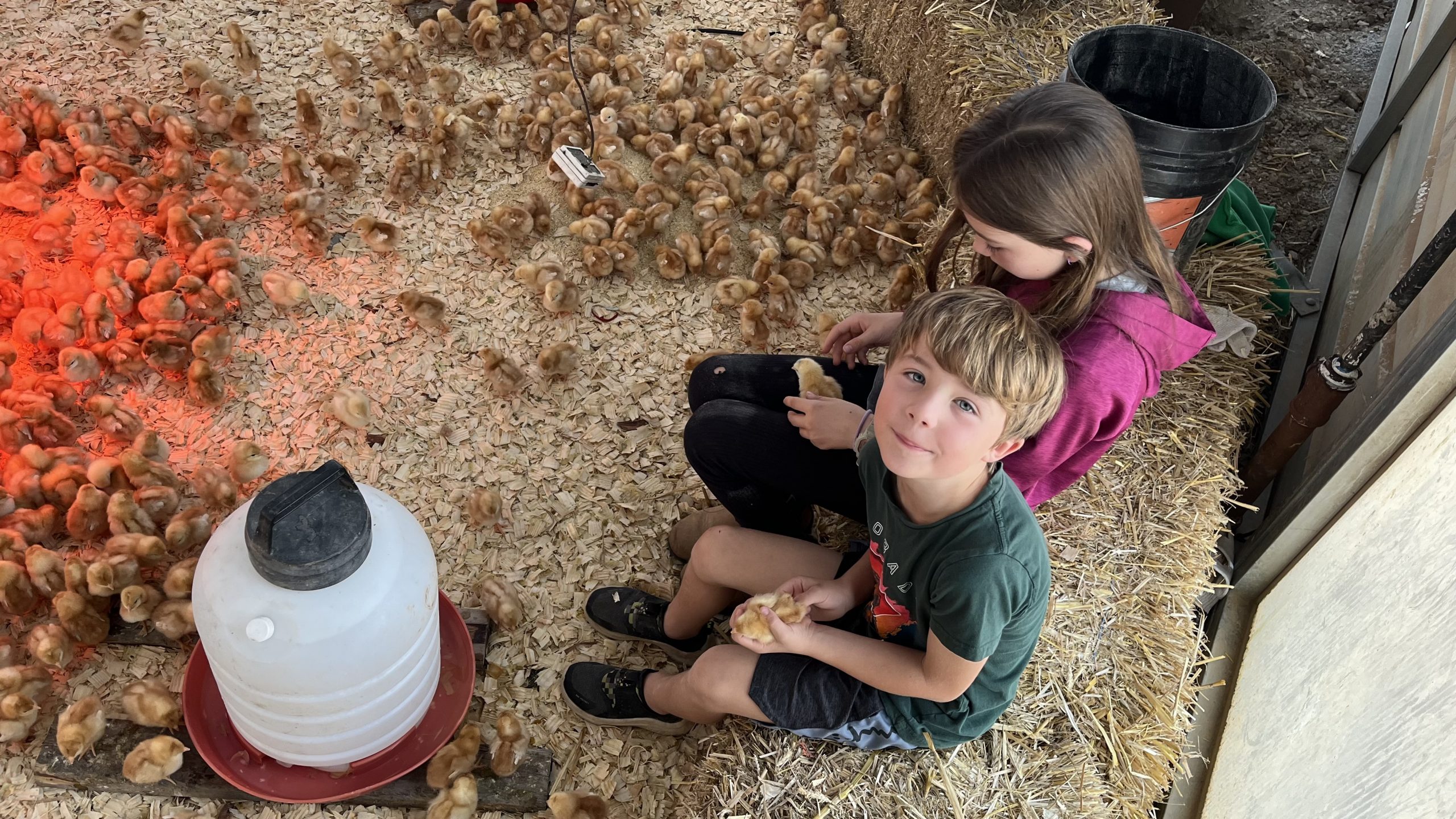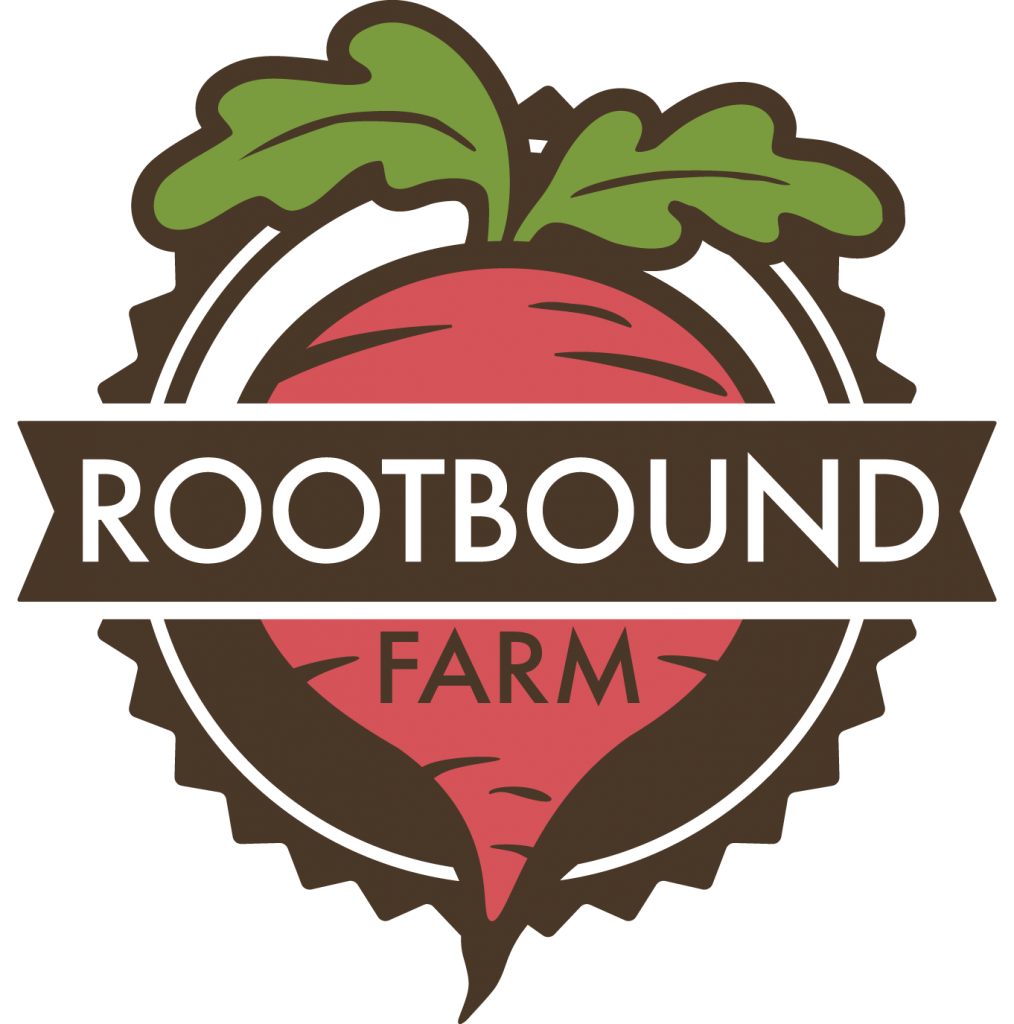The last few weeks on the farm have been splendid by August standards. We’ve had some hot days and soaked shirts but more than that we’ve had cool mornings and days in the mid-80’s. We’ve also had plenty of moisture. This time of year we often find the pastures crispy brown and our crop fields dusty and hard, baked by the heat. But with over 6” of rain in the last two and a half weeks, the pastures are green, the fall crops have all germinated well, and the ground moisture has been perfect for preparing soil for fall.
The cooler weather and rainfall has also kept our spirits high during this critical month of transitions. August is one of the most important months of the farming season and is full of time critical transitions. The last of our cooler weather crops have disappeared over the last three weeks, with the kale giving way then the last of the lettuce being harvested last week. We’re in that part of summer where the solanaceous crops, or “nightshade” plant family really come to the forefront during the dog days of summer. It’s one of my favorite times of the year because of the amazing colors that come from the ground – those bright red peppers, deep purple eggplant, and yellow cherry tomatoes.
Our main crop of eggplant is (finally) here, sweet bullhorn peppers are coming on, tomatoes are abundant (though we will have a week gap), and our bulk potato harvest has begun. Almost all of our fall crops are in the ground and we’ll have greens, lettuce, and more in a few short weeks as the temps drop. Our early season fields are being tilled in and prepared for oat and pea cover crops and we’re busy plowing ground for planting our 2021 overwintered crops, including over 9000 strawberry plants set to arrive mid-September. We plant the strawberries in the fall and won’t harvest until next May. They are one of the crops that takes the longest to grow. Can you believe we are already planning crops for next year’s CSA?
Speaking of transitions, our first crop of tomatoes is petering out and you’ll notice this weeks slicers are a little uglier than normal. Many of them have “yellow shoulder” a yellowing on the top of the tomato, around the calyx and extending around the top. These spots will remain hard and will not ripen. Yellow shoulder is a common problem and affects our tomato crop almost every year at some point in the season. It is especially prevalent under our soils conditions, where the magnesium levels are quite high in relationship to our calcium. The tomatoes are still perfectly delicious, just slice off the top portion. Our next crop is looking great and will be ready week after next. Happy week 13 of the CSA!
Sincerely,
Ben Abell




